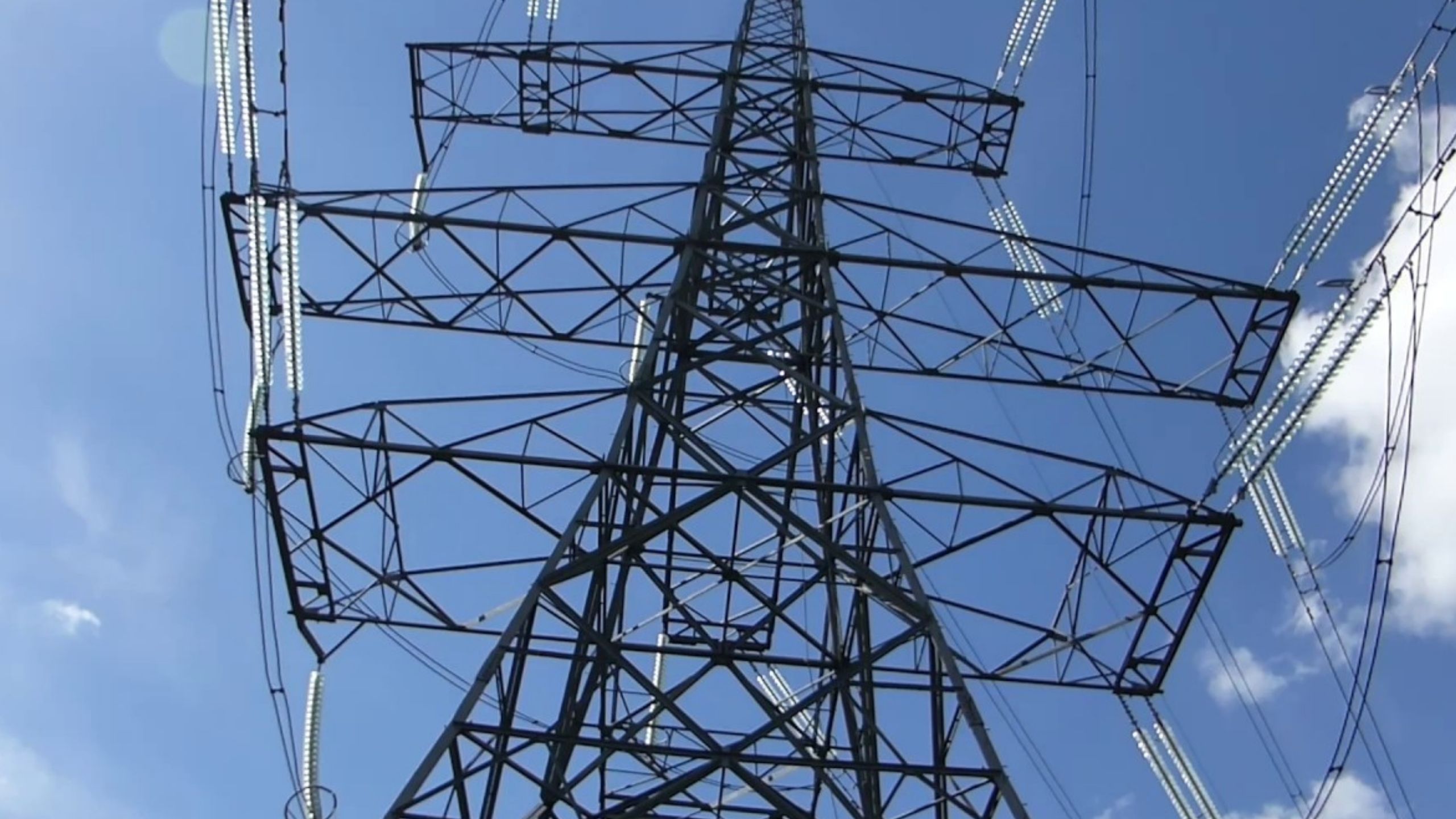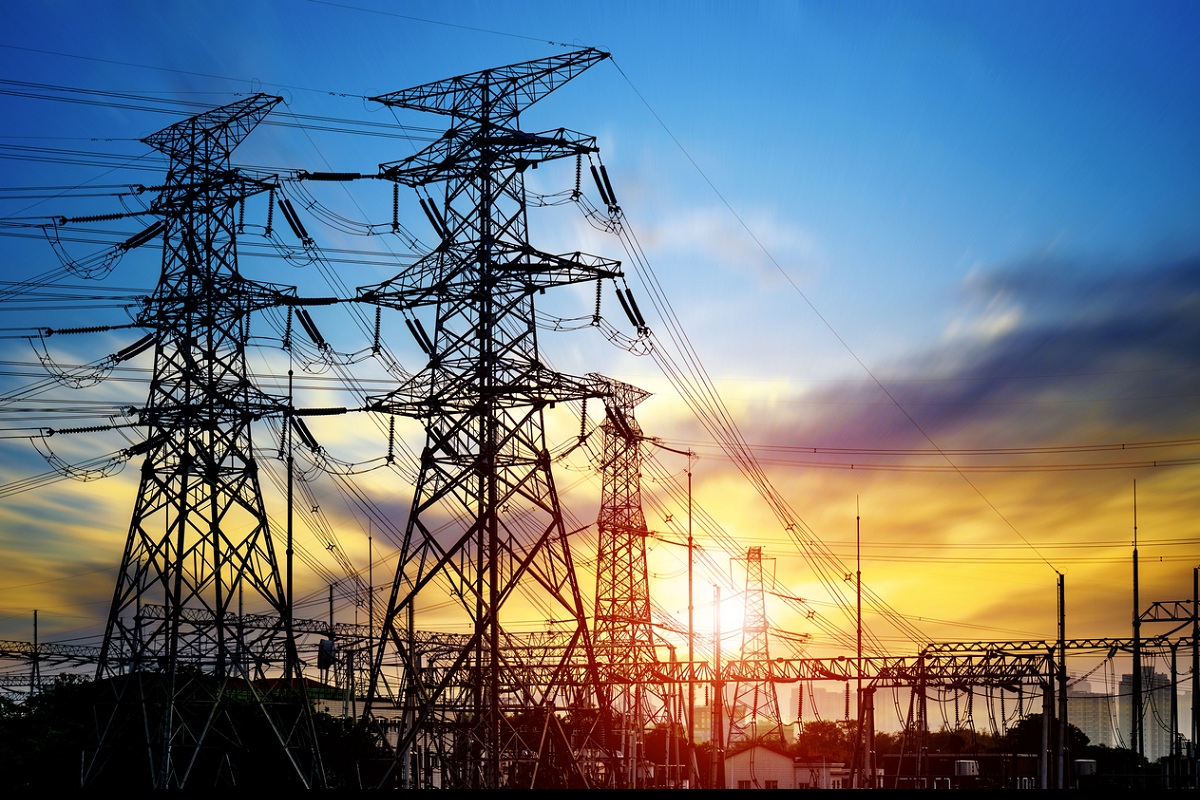Energy Update
Study suggests India could economically meet electricity demand through renewables by 2030

The Lawrence Berkeley National Laboratory (LBNL) this week released an in-depth study of India's future power system investments which suggested that India could economically meet electricity demand through renewables by 2030.
The report shows that India could economically meet its electricity demand, which is expected to double by 2030, through renewables and complementary flexible resources, including energy storage, agricultural load shifting, and hydropower, and optimally utilizing the existing thermal power assets in the country, stated US Department of State media note.

LNBL study was funded by the US Department of State's Bureau of Energy Resources that sets forth a national roadmap for India to meet 500 GW of non-fossil electricity capacity goal by 2030, reported US Department of State media note.
The LBNL study validates the cost-effectiveness of Prime Minister Narendra Modi's goal of installing 500 GW of non-fossil electricity capacity by 2030. These targets are critical to meeting global climate goals as India is the world's third-largest energy-consuming country.

Under Secretary for Economic Growth, Energy, and the Environment Jose W. Fernandez of the US Department of State and Secretary Alok Kumar of India's Ministry of Power highlighted the LBNL study during a virtual launch on Thursday (local time).
This study was conducted under the Flexible Resources Initiative (FRI) of the US-India Clean Energy Finance Task Force, managed by the State Department's Bureau of Energy Resources. FRI advances cost-effective strategies to enhance the flexibility and robustness of India's power system in support of its clean energy transition.
The study, Least Cost Pathway for India's Power System Investments through 2030, found that dramatic cost reductions over the last decade in energy sources, such as solar, and flexible resources, like battery storage, make it affordable for India to meet its growing power demand dependably over the next decade, while at the same time reducing electricity costs by 8-10 percent and emissions intensity of electricity supply by 43-50 percent from 2020 levels.
It also finds that only 23 gigawatts of net additions to the coal capacity will be needed if battery storage costs continue to decline, supply chain issues are addressed, and adequate financing is secured.
The study is complemented by a report on important policy and regulatory recommendations, which if implemented, will enable India to achieve the 2030 goals at the lowest cost.
These recommendations include a nuanced long-term resource adequacy framework for system planning and procurement, and reforms of India's gas pipeline operations to enable cost-effective, flexible operations of India's existing gas power plants for seasonal balancing.
These recommended regulatory changes will promote optimal investments, help avoid overbuilding assets, and assure the rapid retirement of uneconomic assets, added the note.
Conversation
- Info. Dept. Reg. No. : 254/073/74
- Telephone : +977-1-5321303
- Email : [email protected]














